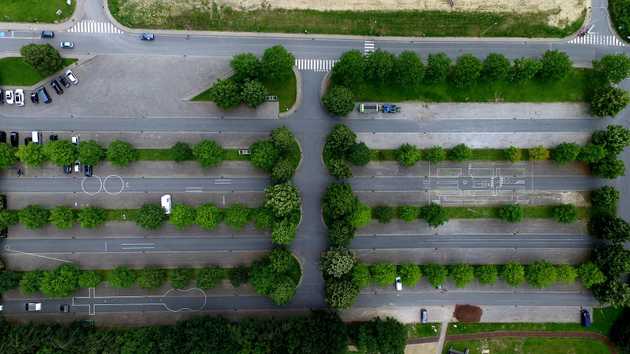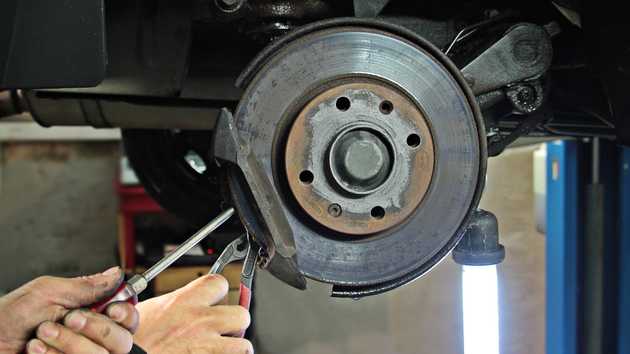AssetOps is the combination of the culture of sustainability and the practices and tools of smart asset management. Let’s take a closer look at what leads to the importance of AssetOps and how we combine the key elements into one smart way of working.
Why is AssetOps important right now?
As we are facing a time of uncertainty, the markets are adjusting to elements such as increasing inflation and supply chain problems. It’s increasingly important to ensure that all existing operations are reasonable, profitable, and cost-efficient.
Smart use of resources is the buzzword of the decade. We are all impacted by the scarcity of resources, global delivery problems, and growing inflation. All these force us to take a close look at all the things that we already own and avoid ordering new ones.
We have already as children been taught to take good care of the physical things we own, to avoid breaking them so that they last longer. It’s not only about appreciation of what we own, but also smart cost control and an environmental choice to reduce knowingly buying new things.
In the world of corporations, it’s easy to forget these basic lessons learned. Most often it’s someone else’s money, someone else’s decision, and someone else’s responsibility. AssetOps is the way to change the collective thinking to the direction where the way of appreciating all physical equipment is a competitive edge of which everyone can collectively be proud.
The total impact of AssetOps includes the financial aspect as well as the aspect of team satisfaction. There is, however, also the aspect of sustainability to consider. When assets are appreciated and well maintained and used for a longer time, the positive environmental impact cannot be overlooked.
We are in desperate need of tools to use to manage the reduction of carbon footprint, and equipment and asset operations should be one of the first tools to take into use because it’s affordable and can be implemented immediately for positive impact.
The first step would be to analyse what we currently own. What resources do we already have? How can we ensure smart purchases? How can we reduce unnecessary costs? How can we ensure that we are operating smartly? Would it be a good time to take control and strengthen the culture of smart sustainability?
Modern tools
To be able to analyse the status of physical resources properly, there is a need for digital tools and time allocation for completing an inventory.
To be better prepared for the future, it’s recommended to ensure that the tools chosen are those which support smartly the operations. The advantage of this compared to a traditional asset register is, that the operations are logged, and the real status of equipment can be tracked more easily. The key outcome is that whatever data is in the system can be relied on.
Cultural change
What would consider as the indicators that the corporate culture is built on smart and sustainable principles?
What would it signal when all physical assets are organised? The obvious signal is that the assets are of importance and are valued. That is where the cultural change starts. The appreciation of the owned and existing things is shown through organising everything, and after that managing it smartly.
Sustainability in company operations is dependent on continuous improvement. It is not enough to do things like they were done yesterday. Technology evolves, new solutions are available, times change, and competition is always fierce, so continuous improvement is essential. Also in asset operations, there is always room to do better and it’s important that the corporate culture embraces that - this is not a one-time change, but a continuous journey towards a more and more sustainable future.
In the same way, as this is not a one-time wave of change, there is also no individual whose responsibility this would be. To truly work, AssetOps requires the commitment and shared responsibility of everyone.
One of the most powerful elements of AssetOps is the daily impact. The people who work with assets get to do things smartly, they can rely on the data and the processes and are that much happier with the day-to-day work.
What can we gain with AssetOps?
AssetOps combines the culture of sustainability with the practices and tools of smart asset management. Here are a few practical examples:
- Physical assets are maintained, their lifecycle is extended, and the existing resources enable operations longer.
- Reliable data exists and is constantly used for smart decisions - such as renewal investments.
- Everyone is motivated to utilise the tools to keep the data up-to-date, and understands its operational importance
- Efficiency is maximised in operations, and no excess equipment is stored for no reason. The critical assets are in as efficient use as possible.
- Tags bring efficiency to processes but also provide a visual signal that each asset is under control and valued.
Possibly the most valuable outcome of implementing AssetOps is the systematic way to build data. After a while of gathering the data is available for everyone to be used for smarter decisions.
Summary
The smartest preparation for an uncertain future is building control over the existing assets. To improve the control and start building the AssetOps combination of tools and culture, there’s no time to waste.
When AssetOps is implemented successfully as part of the corporate culture, it indicates that you have identified the importance and value of the existing resources. The outcome of implementing AssetOps is reduced environmental impact, organised and reliable data, sustainable asset operations, increased efficiency, and improved decision-making not to mention automated, digital workflows, cost savings, and control over operations.


